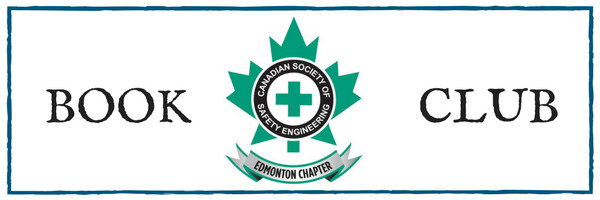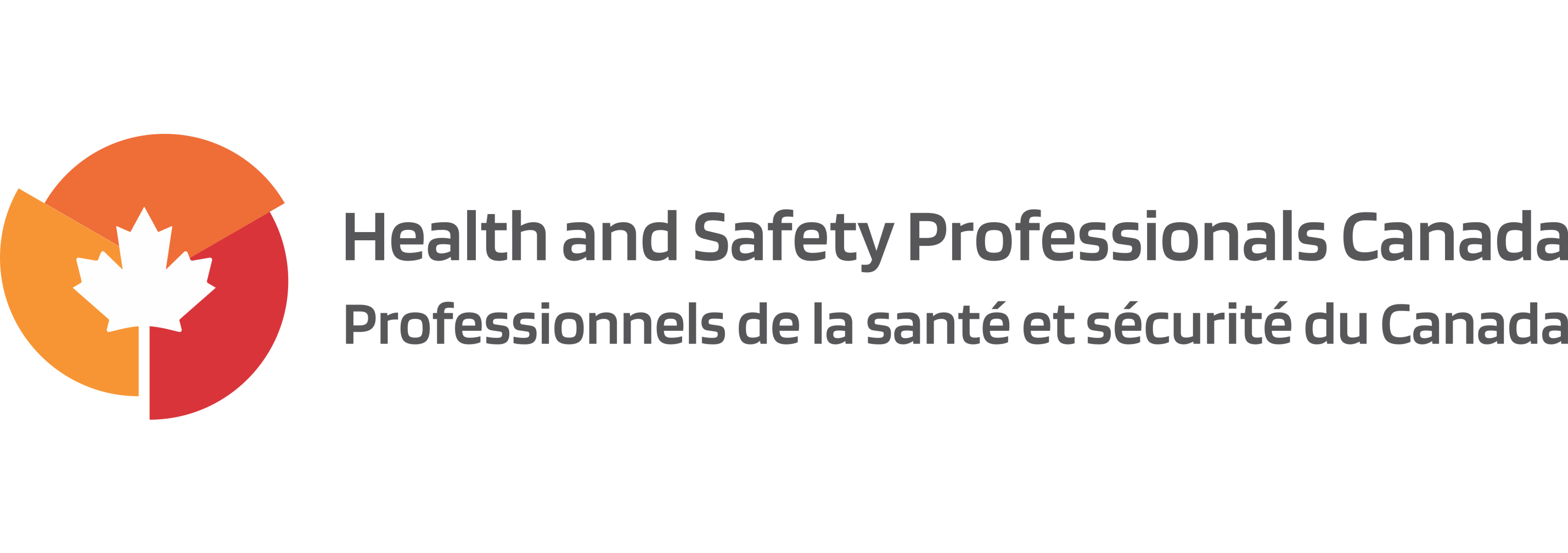Edmonton Chapter
Book Club - Starting with Why
CSSEYEG: Book Club - Starting with Why

Starting with Why: How Great Leaders Inspire Everyone to Take Action
Hello CSSE Book Club,
For our third book, we read the most requested book in our polls so far, Starting with Why: How Great Leaders Inspire Everyone to Take Action by Simon Sinek. There was a great deal of excitement for this book, and we had great conversations at the book club meeting on it.
Simon Sinek is a best-selling author and well known for his TED talk on the matter, with nearly 38 million views on that video alone. You can watch the video.
For those of our members who may have missed the book this time around, I believe the TED Talk does a good job summarizing the main points of the book. John Wettstein and I have included our own takeaways for your review. As always, this is the start of a conversation. Please let us know what you thought of the book, we would love to know!
Guiding Questions by Chris Barton
What were your key takeaways from the book?
My key takeaway from Start with Why is best summarized in a quote by nineteenth-century German philosopher Friedrich Nietzsche, who noted, “He whose life has a why can bear almost any how.” The idea to me is that people search for meaning, and meaning has the greatest impact on our decisions and thoughts. Simon discusses the ‘golden circle’ with ‘why’ at the center, ‘how’ in the middle, and ‘what’ on the outside, with the circle having more impact the closer to the center you go. This can be seen in literature and culture. A story that focuses on what characters are doing is often seen as more bland or plain than a story that focuses on why characters are motivated by.
What work-related ideas/thoughts did this book give you?
The ideas in this book were reminiscent of lessons in organizational behaviour and management/leadership courses I have taken. In safety, part of the health and safety management system is the company policy statement, which should successfully explain ‘why’ the company focuses on safety. The ‘why’ is also important in messages from leadership, as well as can be the bridge that connects safety to other values or motivations people have.
What is one piece from the book that you disagreed with and why?
I did disagree with the author in the idea that ‘why’ is always the key to a company’s success. There are many more factors than simply the motivating statement or value of the organization. In my opinion, the same can be said for motivation in people. Price and cost/benefit are powerful factors in our decision making. Someone may like the ‘why’ of Apple but could be priced out of buying their products.
Who (person, position, or industry) would you recommend this book to?
I would recommend this book to a 16-20-year-old reader who has not had exposure to these ideas previously. From my experience, whether or not a result of this book, the ideas held within concerning ‘why’ as a motivator are looked at further in-depth in college and online courses, as well as free articles and other books. The ideas are an integral part of business education.
What is your overall rating of the book? (1 = don’t waste your time, 2 = some people might like to read this, 3 = best book you have ever read, read it now!)
I would rate this book a 2. Certainly, some people will find value in it, and many of our members were excited to read it, but personally, I would recommend renting the book from the library or watching Simon’s TED Talk rather than buying it.
Nuggets of Wisdom from “Starting with Why” by John Wettstein
- The goal of this book is not simply to try to fix the things that aren’t working. Rather, I wrote this book as a guide to focus on and amplify the things that do work. Page 1
- We make decisions based on what we think we know. Page 11
- Those on the front lines, who are best qualified to find new ways of doing things. Page 99
- No risks would mean no exploration, no experimentation and no advancement of the society as a whole. P104
- Instead of focusing on the stuff that didn’t work, I chose to focus on the stuff that worked to find out what it all had in common. Page 218
Some thoughts on the above nuggets and how they may relate to safety
- Not all things in safety can be fixed, many time the best we can do is manage people (e.g. addictions you don’t fix, you provide strategies to manage)
- Think about risk management and decisions we make on risk based on what we think we know. For example - confirmation bias, the tendency to process information by looking for, or interpreting, information that is consistent with one’s existing beliefs. This biased approach to decision making is largely unintentional and often results in ignoring inconsistent information. Existing beliefs can include one’s expectations in a given situation and predictions about a particular outcome. People are especially likely to process information to support their own beliefs when the issue is highly important or self-relevant.
- Those on the sharp end/front line are in the best position to determine the risk. Weick in his book (Managing the Unexpected) establishes five key qualities to manage risk mindfully. One of those qualities is “Deference to Expertise.” Decisions are made on the frontline, and authority migrates to the people with the most expertise. Rank and status don’t command any more airtime than those who know the job. Or as one my colleagues say, safety people don’t waltz in and tell others how to be safe, that is dangerous when they don’t even know the job.
- Embrace risk. Without risk, there is no learning.
- Perhaps we should consider how to explain how things go right, (i.e. the occurrence of success), We should try to understand and explain normal rather than the exceptions.
- This blog post was written by Christopher Barton -
